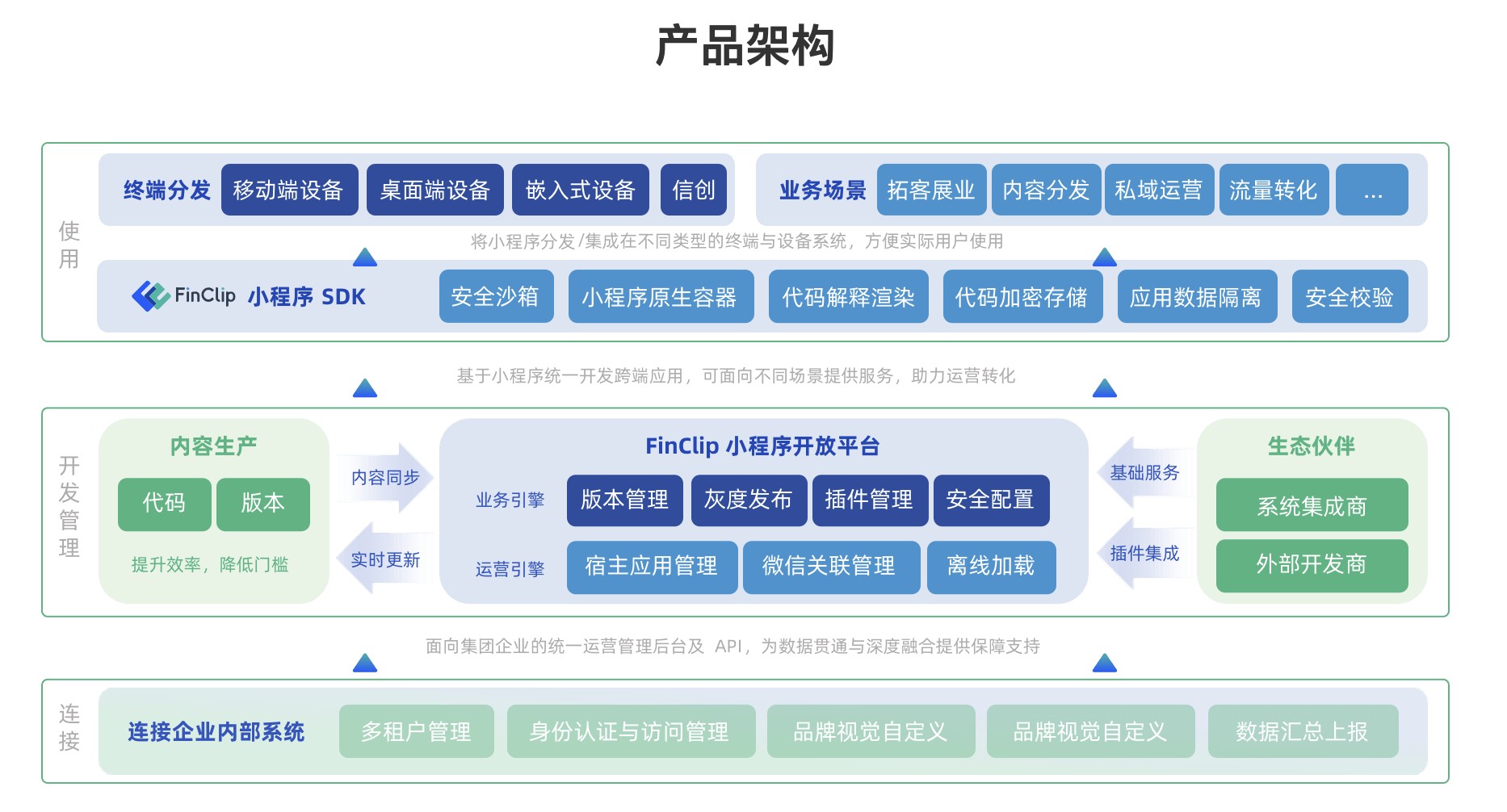微前端架构如何改变企业的开发模式与效率提升
946
2023-02-07

浅谈MyBatis3 DynamicSql风格语法使用指南

主要演示DynamicSql风格代码如何使用,基本能应对大部分使用场景。DynamicSql基本介绍点我查看。
本文主要沿着增、删、改、查的思路进行介绍,尽量涵盖日常使用所需。
我这里还是要推荐一下大家看官方文档,尽量有问题先找官方文档教程,除非写的跟屎一样,但大概率不会。
本次使用的是mybatis-dynamic-sql1.2.1版本
查
查询我尽量贴上SQL语句对照着java代码,方便读者阅读和理解。
而且基本都实际运行过,确保没有问题。
查询指定列
SELECT
id,label,value
FROM
sys_dict
import static com.twj.spirngbasics.server.mapper.SysDictDynamicSqlSupport.*; //注意导入对应DynamicSqlSupport包的静态属性
SelectStatementProvider selectStatement = SqlBuilder.select(id, label, value)
.from(sysDict)
.build()
.render(RenderingStrategies.MYBATIS3);
List
下面完全等价于上面代码,推荐上方写法,代码更整洁。
SelectStatementProvider selectStatement = SqlBuilder.select(SysDictDynamicSqlSupport.id, SysDictDynamicSqlSupport.label, SysDictDynamicSqlSupport.value)
.from(SysDictDynamicSqlSupport.sysDict)
.build()
.render(RenderingStrategies.MYBATIS3);
List
可以看到DynamicSql的使用结构完全与sql语句一样,真香。
查询所有列
SELECT
id,label,value,sort.......
FROM
sys_dict
SelectStatementProvider selectStatement = SqlBuilder.select(SysDictMapper.selectList)
.from(SysDictDynamicSqlSupport.sysDict)
.build()
.render(RenderingStrategies.MYBATIS3);
List
条件查询
SELECT
*
FROM
sys_dict
WHERE
label = '男'
OR label = '女'
ORDER BY
`value` ASC
SelectStatementProvider selectStatement = SqlBuilder.select(SysDictMapper.selectList)
.from(SysDictDynamicSqlSupport.sysDict)
.where(label, isEqualTo("男"))
.or(label,isEqualTo("女"))
.orderBy(value)
.build()
.render(RenderingStrategies.MYBATIS3);
List
java这里稍微注意一下,isEqualTo的包引用路径是在org.mybatis.dynamic.sql.SqlBuilder包下,可以像之前一样import static org.mybatis.dynamic.sql.SqlBuilder.*;引入所有静态方法。
排序:
升序:默认MySQL可以不加ASC即为升序排序,DynamicSql也是如此,指定列即可;
降序:调用descending()即可,以上方例子为例,原orderBy(value)改为orderBy(value.descending())即可。
SELECT
*
FROM
sys_dict
WHERE
label IN ( '女', '男' )
ORDER BY
`value`
SelectStatementProvider selectStatement = SqlBuilder.select(SysDictMapper.selectList)
.from(SysDictDynamicSqlSupport.sysDict)
.where(label, isIn("女", "男"))
.orderBy(value)
.build()
.render(RenderingStrategies.MYBATIS3);
List
where条件查询还有很多我就不一一例举了,我这里有一张官方偷来的表格:
Condition
Example
Result
Between
where(foo, isBetween(x).and(y))
where foo between ? and ?
Equals
where(foo, isEqualTo(x))
where foo = ?
Greater Than
where(foo, isGreaterThan(x))
where foo > ?
Greater Than or Equals
where(foo, isGreaterThanOrEqualTo(x))
where foo >= ?
In
where(foo, isIn(x, y))
where foo in (?,?)
In (case insensitive)
where(foo, isInCaseInsensitive(x, y))
where upper(foo) in (?,?) (the framework will transform the values for x and y to upper case)
Less Than
where(foo, isLessThan(x))
where foo < ?
Less Than or Equals
where(foo, isLessThanOrEqualTo(x))
where foo <= ?
Like
where(foo, isLike(x))
where foo like ? (the framework DOES NOT add the SQL wild cards to the value - you will need to do that yourself)
Like (case insensitive)
where(foo, isLikeCaseInsensitive(x))
where upper(foo) like ? (the framework DOES NOT add the SQL wild cards to the value - you will need to do that yourself, the framework will transform the value of x to upper case)
Not Between
where(foo, isNotBetween(x).and(y))
where foo not between ? and ?
Not Equals
where(foo, isNotEqualTo(x))
where foo <> ?
Not In
where(foo, isNotIn(x, y))
where foo not in (?,?)
Not In (case insensitive)
where(foo, isNotInCaseInsensitive(x, y))
where upper(foo) not in (?,?) (the framework will transform the values for x and y to upper case)
Not Like
where(foo, isLike(x))
where foo not like ? (the framework DOES NOT add the SQL wild cards to the value - you will need to do that yourself)
Not Like (case insensitive)
where(foo, isNotLikeCaseInsensitive(x))
where upper(foo) not like ? (the framework DOES NOT add the SQL wild cards to the value - you will need to do that yourself, the framework will transform the value of x to upper case)
Not Null
where(foo, isNotNull())
where foo is not null
Null
where(foo, isNull())
where foo is null
子查询
SELECT
*
FROM
user_resource
WHERE
id IN (
SELECT
resource_id
FROM
user_role_resource
WHERE
role_id = '1'
)
SelectStatementProvider selectStatement = SqlBuilder.select(userResourceMapper.selectList)
.from(UserResourceDynamicSqlSupport.userResource)
.where(UserResourceDynamicSqlSupport.id, isIn(
select(UserRoleResourceDynamicSqlSupport.resourceId)
.from(UserRoleResourceDynamicSqlSupport.userRoleResource)
.where(UserRoleResourceDynamicSqlSupport.roleId, isEqualTo("1"))))
.build()
.render(RenderingStrategies.MYBATIS3);
List
子查询还有很多,我这里又有一张官方偷来的表格:
Condition
Example
Result
Equals
where(foo, isEqualTo(select(bar).from(table2).where(bar, isEqualTo(x)))
where foo = (select bar from table2 where bar = ?)
Greater Than
http:// where(foo, isGreaterThan(select(bar).from(table2).where(bar, isEqualTo(x)))
where foo > (select bar from table2 where bar = ?)
Greater Than or Equals
where(foo, isGreaterThanOrEqualTo(select(bar).from(table2).where(bar, isEqualTo(x)))
where foo >= (select bar from table2 where bar = ?)
In
where(foo, isIn(select(bar).from(table2).where(bar, isLessThan(x)))
where foo in (select bar from table2 where bar < ?)
Less Than
where(foo, isLessThan(select(bar).from(table2).where(bar, isEqualTo(x)))
where foo < (select bar from table2 where bar = ?)
Less Than or Equals
where(foo, isLessThanOrEqualTo(select(bar).from(table2).where(bar, isEqualTo(x)))
where foo <= (select bar from table2 where bar = ?)
Not Equals
where(foo, isNotEqualTo(select(bar).from(table2).where(bar, isEqualTo(x)))
where foo <> (select bar from table2 where bar = ?)
Not In
where(foo, isNotIn(select(bar).from(table2).where(bar, isLessThan(x)))
where foo not in (select bar from table2 where bar < ?)
根据业务逻辑添加条件
详细看代码
QueryExpressionDSL
.from(SysDictDynamicSqlSupport.sysDict)
.where();
if (x)
builder.where(label, isIn("女", "男"));
if (y)
builder.where(row,...);
SelectStatementProvider selectStatement = builder.build().render(RenderingStrategies.MYBATIS3);
List
连接查询
有前面的基础,连接查询其实异曲同工,我这里直接贴上官方示例代码:
SelectStatementProvider selectStatement = select(orderMaster.orderId, orderDate, orderDetail.lineNumber, orderDetail.description, orderDetail.quantity)
.from(orderMaster, "om")
.join(orderDetail, "od").on(orderMaster.orderId, equalTo(orderDetail.orderId))
.build()
.render(RenderingStrategies.MYBATIS3);
目前支持四种连接类型:
.join(...) 内连接
.leftJoin(...) 左外连接
.rightJoin(...) 右外连接
.fullJoin(...) 全连接
增
新增这里就不附上SQL语句了
新增一条
SysDict sysDict = new SysDict();
sysDict.setLabel("测试");
sysDict.setValue("0");
sysDict.setType("test");
sysDict.setSort(0);
sysDict.setDescription("测试");
sysDict.insert("SYSTEM");
int row = sysDictMapper.insRDPhjucVfert(sysDict);
System.out.println("成功插入条数:" + row);
批量新增
List
for (int i = 1; i < 10; i++) {
SysDict sysDict = new SysDict();
sysDict.setLabel("测试");
sysDict.setValue(String.valueOf(i));
sysDict.setType("test");
sysDict.setSort(i);
sysDict.setDescription("测试");
sysDict.insert("SYSTEM");
list.add(sysDict);
}
MultiRowInsertStatementProvider
.into(SysDictDynamicSqlSupport.sysDict)
.map(id).toProperty("id")
.map(createdBy).toProperty("createdBy")
.map(createdTime).toProperty("createdTime")
.map(updateBy).toProperty("updateBy")
.map(updateTime).toProperty("updateTime")
.map(dele).toProperty("dele")
.map(remake).toProperty("remake")
.map(spare1).toProperty("spare1")
.map(value).toProperty("value")
.map(label).toProperty("label")
.map(type).toProperty("type")
.map(description).toProperty("description")
.map(sort).toProperty("sort")
.build()
.render(RenderingStrategies.MYBATIS3);
int rows = sysDictMapper.insertMultiple(multiRowInsert);
System.out.println("成功插入条数:" + rows);
批量新增这里需要注意的是map的添加,也可以不加,但我在使用过程中出现过不加map导致批量新增出现某些必填字段明明赋值了数据库却报没有不能为空,猜测应该是转换成sql语句时into与value没有一一对应,加上map就没问题了。
PS:.map可以直接从xxxDictMapper.insert()中copy过来。
删
//根据主键删除
sysDictMapper.deleteByPrimaryKey("");
//条件删除
DeleteStatementProvider deleteStatement = deleteFrom(SysDictDynamicSqlSupport.sysDict)
.where(SysDictDynamicSqlSupport.typehttp://, isEqualTo("test"))
.build()
.render(RenderingStrategies.MYBATIS3);
sysDictMapper.delete(deleteStatement);
改
常用的简单更新主要是下面两种:
//根据主键对所有属性进行更新
sysDictMapper.updateByPrimaryKey(sysDict);
//根据主键对不为null的属性进行更新
sysDictMapper.updateByPrimaryKeySelective(sysDict);
复杂一点点的:
UpdateStatementProvider updateStatement = update(SysDictDynamicSqlSupport.sysDict)
.set(remake).equalToNull()
.where(type, isEqualTo("test"))
.build()
.render(RenderingStrategies.MYBATIS3);
int rows = sysDictMapper.update(updateStatement);
System.out.println("成功更新条数:" + rows);
注意set方法,常用的方法有以下:
set(column).equalToNull() 将对应列更新为null;
set(column).equalTo(T value)将对应列更新为value;
set(column).equalToWhenPresent(T value)如果value不能null的话更新列;
set(column).equalTo(BasicColumn rightColumn)将一列的值设置为另一列的值,还可以对其加,减等操作。
版权声明:本文内容由网络用户投稿,版权归原作者所有,本站不拥有其著作权,亦不承担相应法律责任。如果您发现本站中有涉嫌抄袭或描述失实的内容,请联系我们jiasou666@gmail.com 处理,核实后本网站将在24小时内删除侵权内容。
发表评论
暂时没有评论,来抢沙发吧~